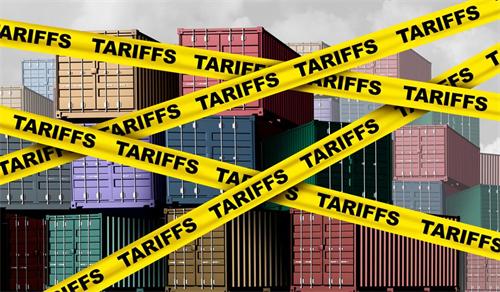How Emerging Food Policies Will Transform Your Diet?

In today’s rapidly shifting food landscape, regulations are poised to reshape not only what lands on our plates but how we nourish our bodies every day. As governments and global institutions grapple with public health concerns, environmental pressures, and the ethics of production, these policy changes will make diet not merely a personal choice but a consequence of collective action.
Smarter Labels and Healthier Ingredients
Governments are tightening requirements around front-of-package labeling—think “traffic-light” indicators that flag high sugar, sodium, or fat content—empowering shoppers to make healthier selections at a glance. At the same time, caps on trans fats, artificial sweeteners, and excessive sodium compel food manufacturers to reformulate products gradually, improving population health without sacrificing flavor. Over time, this dual approach promises to curb diet-related illnesses such as hypertension and type 2 diabetes.
Making Nutritious Foods Accessible
To bridge the gap between inexpensive ultra-processed snacks and costlier whole foods, policymakers are redirecting subsidies toward fruits, vegetables, legumes, and whole grains. Complementing this, “sin taxes” on sugary drinks and high-fat treats both discourage overconsumption and generate revenue for nutrition education and healthy-food subsidies. The result? Nutritious staples become more affordable, while empty-calorie options carry a price that reflects their true health burden.
Diets in Harmony with the Planet
Emerging mandates require food producers to meet environmental benchmarks—cutting greenhouse gas emissions, conserving water, and preserving biodiversity. Certifications will soon let you know if your beef, dairy, or plant-based alternatives uphold these standards. Moreover, public institutions (schools, hospitals, government cafeterias) are being encouraged to feature more plant-forward menus, normalizing vegetable-centric meals and lowering meat consumption along with its environmental footprint.
Building Equitable Food Systems
Regulations are targeting “food deserts” by incentivizing grocery retailers to open stores in underserved areas and by supporting nutrition-education programs that empower communities. Small and local producers also stand to benefit from grants, technical assistance, and streamlined market access—diversifying the food supply and strengthening regional economies. As a result, all communities, regardless of income or geography, will gain reliable access to wholesome, culturally relevant foods.
What This Means for Your Plate?
Your weekly grocery haul and mealtime choices will look—and taste—different:
Clearer Choices: Trustworthy front-of-pack labels make it easy to spot hidden sugars and unhealthy fats.
Real Value: While some processed snacks may get pricier, fresh produce and whole grains will deliver more nutrition per euro.
More Plants, More Flavor: From legumes to lab-grown proteins, plant-forward options will flourish, making diverse diets both accessible and delicious.
Community Connection: Farmers’ markets and co-ops will grow, inviting you to meet producers and learn the story behind your food.
The future of diet lies at the intersection of policy, health, and sustainability. As these reforms take hold, stakeholders—from policymakers to producers to everyday eaters—will find it increasingly straightforward to choose foods that foster personal well-being, community resilience, and global sustainability.



